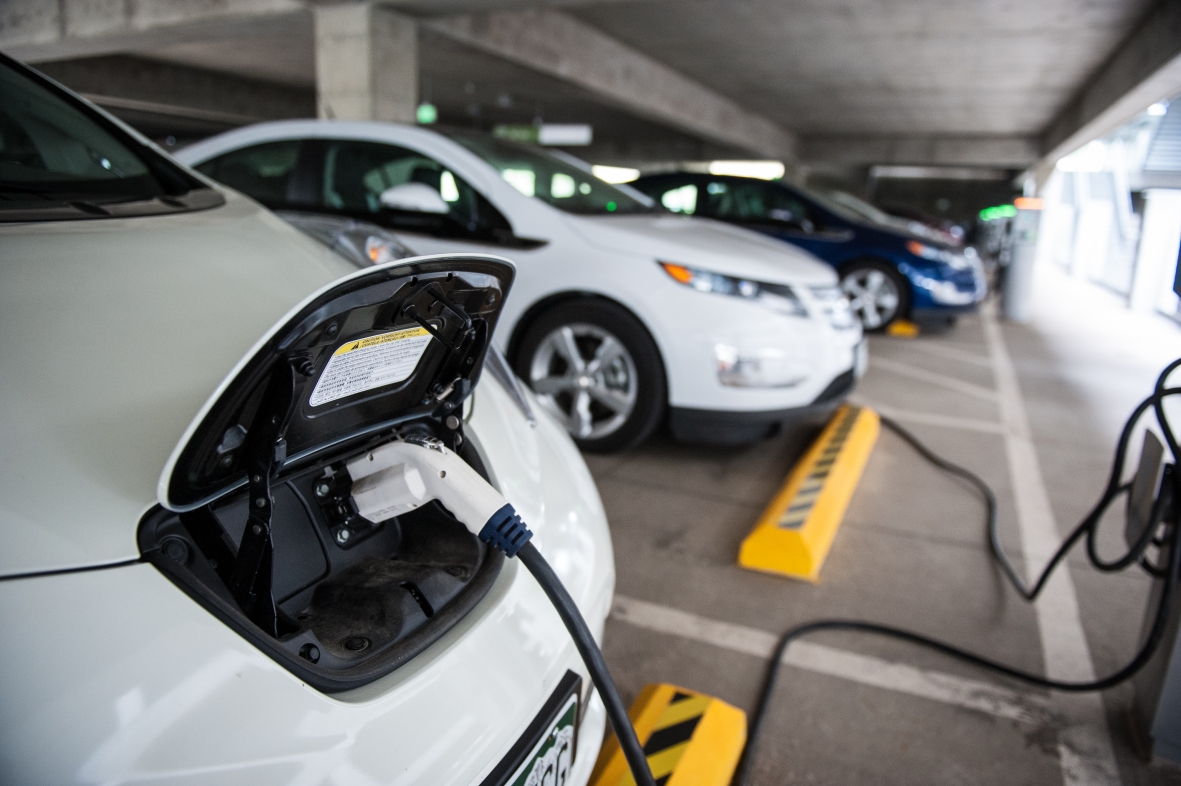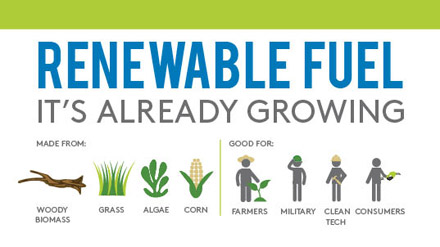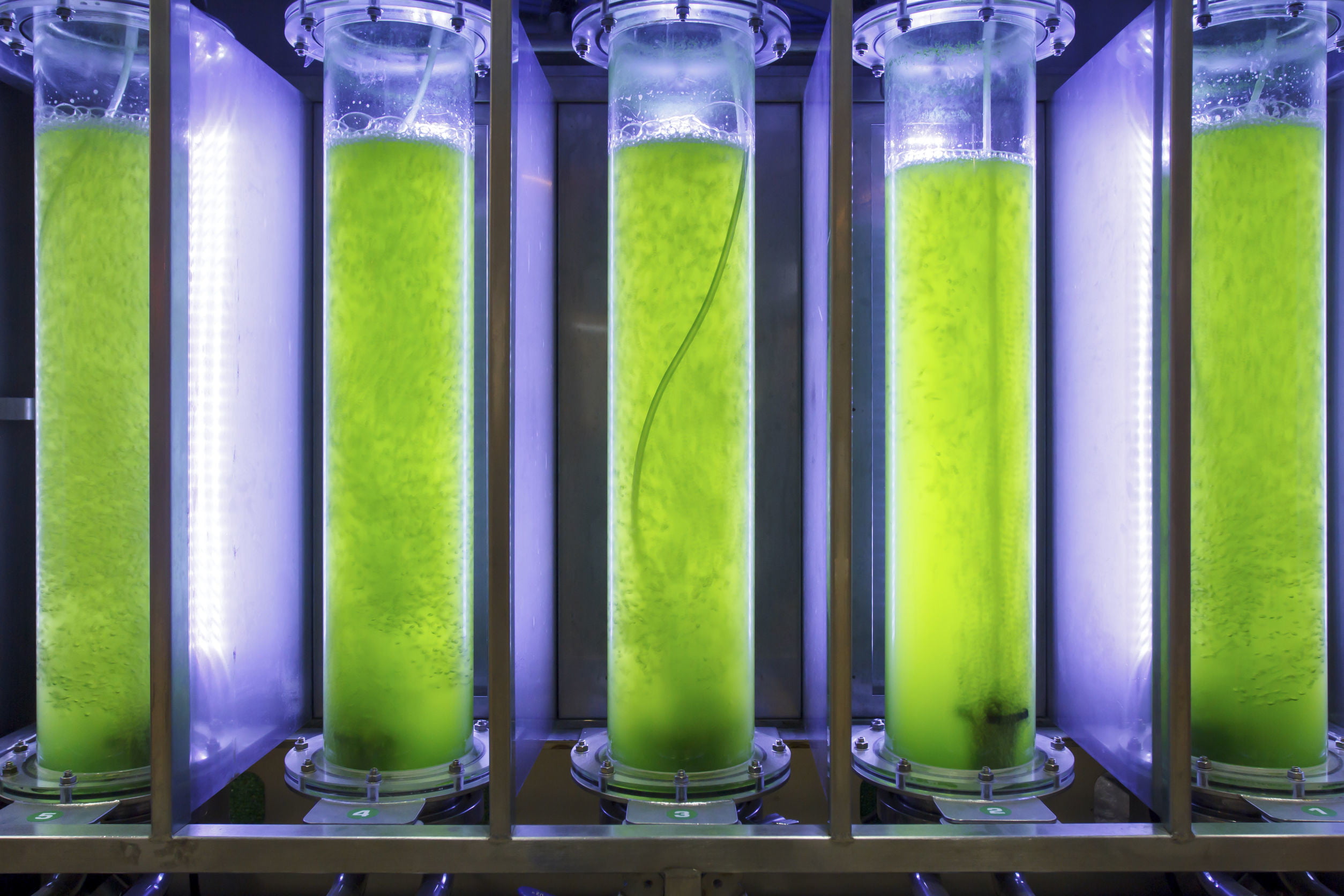Electric Vehicles

Project Description
Electric vehicles are gaining in popularity as clean, reliable alternatives to gasoline-powered automobiles. Battery Electric Vehicles (BEVs) and Plug-In Hybrid Electric Vehicles (PHEVs) present an opportunity to reduce local emissions, expand the U.S. clean fuel sector, and reduce dependence on foreign oil.
At the turn of the century, steam and electricity were both considerably more popular as transportation fuels than gasoline as both were more readily available to consumers and manufacturers. Biofuels also powered many early vehicles. Rapid improvement to roads and fueling station availability in the 1910s and 1920s, combined with a precipitous decrease in gasoline prices, paved the way for gasoline as America’s transportation fuel of choice.
Project Details
Client NYSERDA
Date Current Project

Renewable Fuels Roadmap
Pace Law School’s Energy and Climate Center has produced the Renewable Fuels Roadmap and Sustainable Biomass Feedstock Supply for New York State (Roadmap) for the New York State Energy Research and Development Authority (NYSERDA), the New York State Department of Environmental Conservation (NYSDEC), and the New York State Department of Agriculture and Markets.
Intended to help guide state policy on renewable fuels, the Roadmap was a recommendation from Governor David A Paterson’s Renewable Energy Task Force report issued in February 2008. The Roadmap evaluates the future of liquid biofuel production and feedstock supplies for transportation purposes in New York State in order to address increasing greenhouse gas (GHG) emissions as well as independence from petroleum usage.
Advanced Biofuels
Part of a series of clean fuels briefs, this was created to explain the current state of the Advanced Biofuel industry and its technological opportunities to state policy makers. This brief includes a short history and a state by state guide of the Northeast and Mid Atlantic incentives, subsidies, and preferential policies used to promote advanced biofuels.
